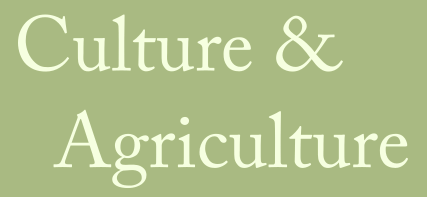IN THE BLEAK MIDWINTER
Our weekly gleanings present the latest happenings, research and writing along the tangled banks of culture and agriculture. This week: a gleaning in three acts – martial food, transatlantic agrarian history and the ‘bear life’ of native food sovereignty
To go in the dark with a light is to know the light.
To know the dark, go dark. Go without sight,
and find that the dark, too, blooms and sings,
and is traveled by dark feet and dark wings.
// Wendell Berry
credit: Jakub Rozalkski
I. Seed Bullets – You might have heard about seed bombs, but the US Department of Defense’s proposed seed bullets are less DIY, more lethal. The seeds housed in the biodegradable ammunition would sprout several months after being fired, to bioaccumulate any potential soil contaminants left by the bullets. While the US military is attending to soil degradation, Venezuela’s has been organizing the country’s dwindling food supply since last summer, trafficking food and setting up black markets. Over at Material World, Thorsten Gieser reflects on the sensorial disturbance of field dressing his first kill, during fieldwork with hunters in Germany.
II. Transatlanticism – Two pieces of agrarian history from the Atlantic slave trade. First, amid all the celebration at the revival of the Carolina African Runner – the ‘ur-peanut’ of the South – Jeremy Cherfas looks at the role of the peanut in world history and what exactly the South American native was doing in Africa in the first place. Second, an ethnobotanical story of black rice – on the agency of West African slaves in carrying both rice and skill in growing it to the Americas.
III. “Bear Life” – Obama’s designation of the Bears Ears Monument in southern Utah has generated praise for its protection of native sacred sites and critiques that it constitutes a federal land grab. NPR’s The Salt takes a look at its significance for tribal food sovereignty. For whites, conservation is a matter of not using the land, Noyes says. For Natives, it means actively tending it as they have for generations. “Our goal is to change how Americans view landscapes so that they include cultures” as well as plants and animals, he says. Just across the state line in northern Arizona, Kristen Davenport writes about the many meanings of color in Hopi corn. Lastly, a reminder of the settler state appropriation of native slave labor that built up the California wine industry. Dinkelspiel’s conclusion is that a “glass of California Cabernet should never taste the same again”, but is this true? How should the colonial foundations of many modern institutions inform how we approach them today?
